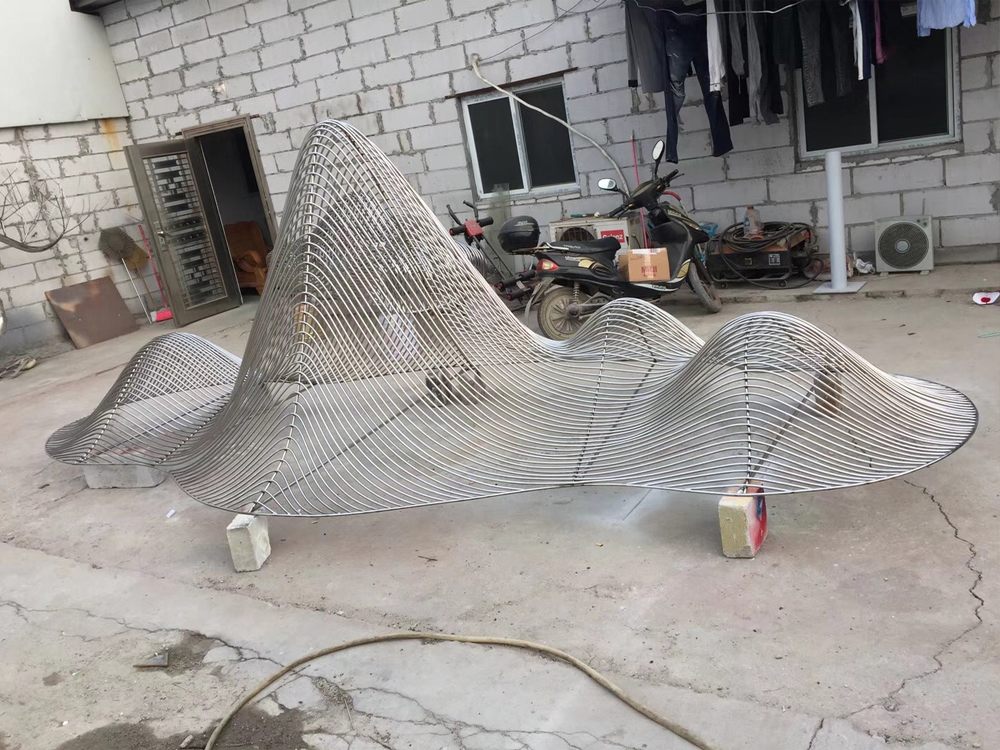
Metal sculptures are not just artistic expressions but also reflections of the cultural and historical environments in which they are created. The themes and designs of these sculptures often draw from the values, beliefs, and events that define a society. For instance, ancient civilizations like the Greeks and Romans used metal sculptures to depict mythological figures, showcasing their reverence for gods and heroes. In contrast, modern metal sculptures might abstractly represent industrial progress or social movements, mirroring contemporary concerns.
Historically, the availability of materials and technological advancements also played a significant role. The Bronze Age, for example, saw the rise of intricate metalwork due to the discovery of bronze, while the Industrial Revolution introduced new techniques like welding, expanding creative possibilities. Cultural narratives, such as African tribal symbolism or Asian spiritual motifs, further enrich the diversity of metal sculpture designs.
Ultimately, metal sculptures serve as timeless bridges between past and present, blending artistry with the echoes of history and culture. By studying these works, we gain insight into the societies that shaped them and the enduring human desire to transform metal into meaning.

